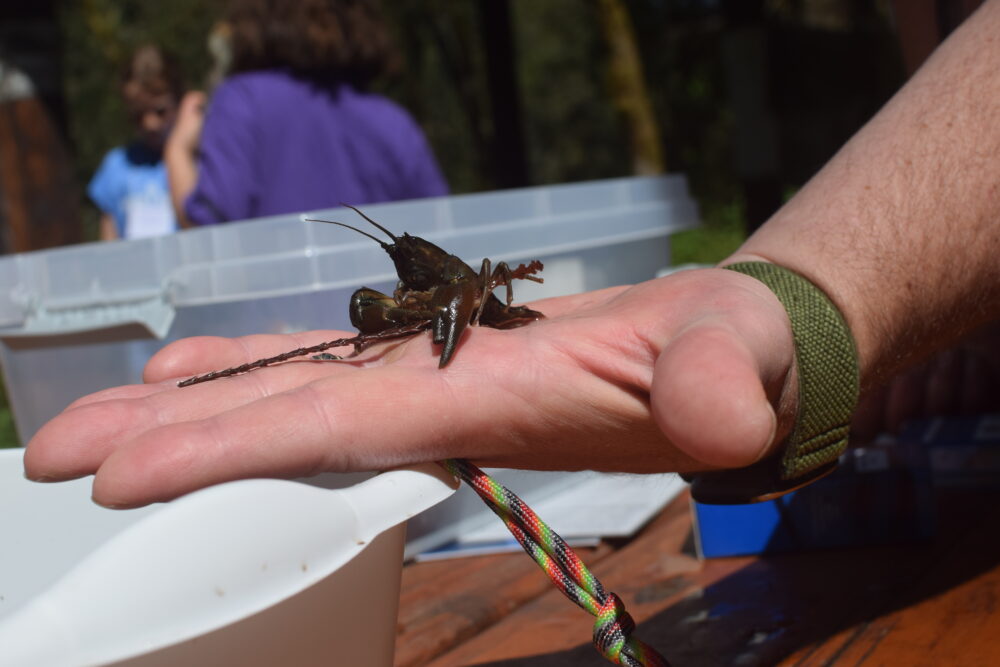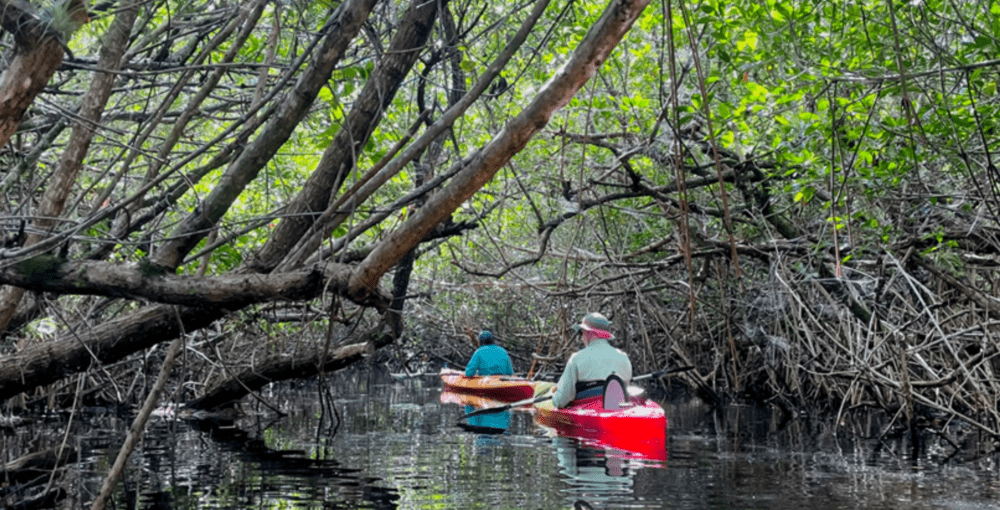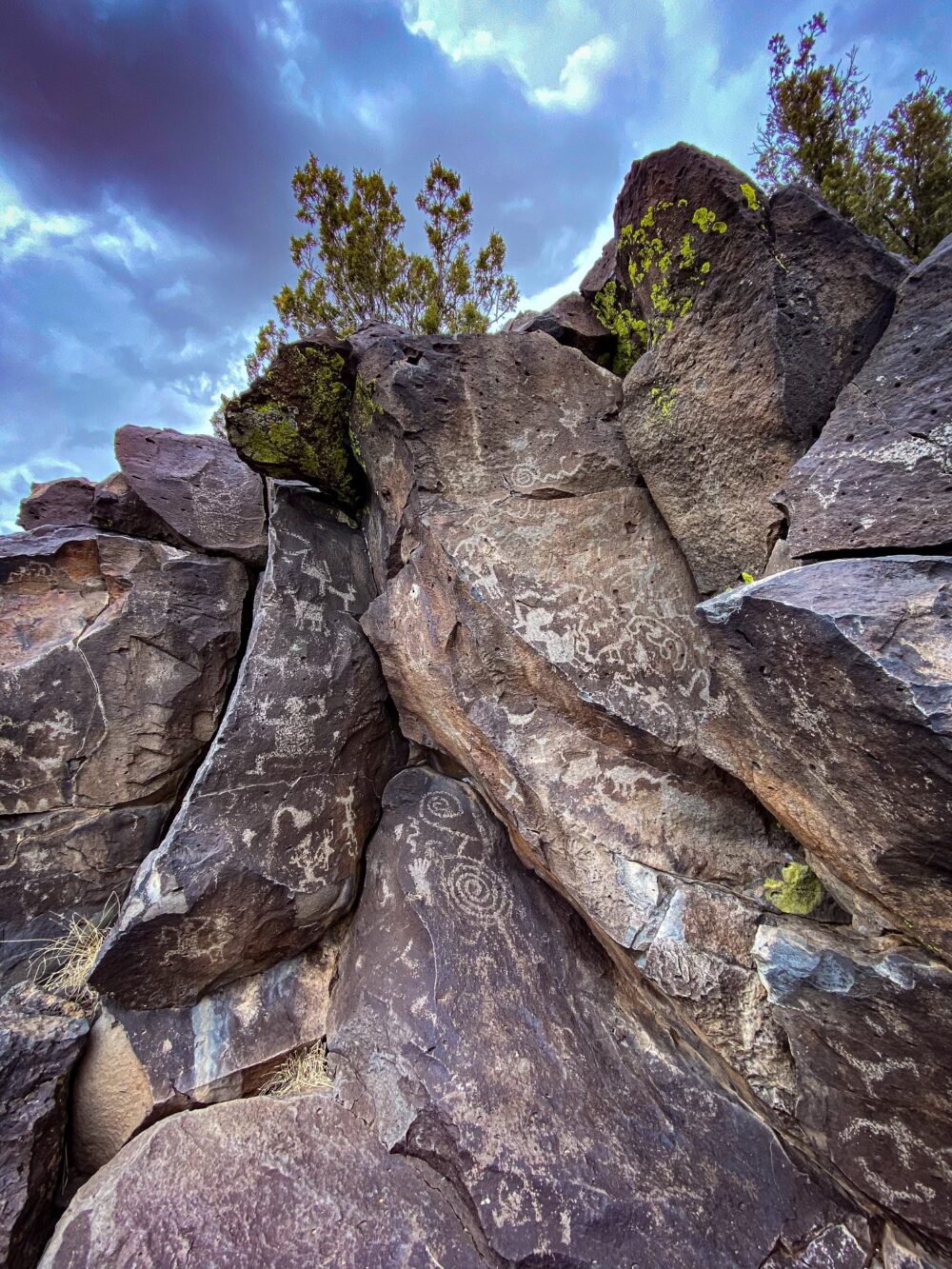We have much more to do and your continued support is needed now more than ever.
Camp Beneath the Southern Pines
There are things in this life of which I’m certain: I love summer, I love to camp, and I love living in and exploring the southeast. However, the combination of these matters leaves much to be desired when the humidity, heat and mosquitoes present themselves during a summer camping trip!
With the warm summer months upon us, National Wildlife Federation is celebrating our annual camping event, the Great American Campout, to connect people to the great outdoors and wildlife. It is the perfect opportunity to gather your family or friends, gear and trail shoes and find a great camping spot. For those of us (like myself) in the Southeast, if the summer elements prove too much, now is a great time to begin planning your fall getaways.
The Southeastern U.S. is full of spectacular places to camp; if you are curious about where to go camping, consider pitching your tent in the richest forest that the United States has to offer—the Longleaf Pine. These forests are home to an abundance of plants and many species of wildlife such as the endangered gopher tortoise, Bachmans sparrow, fox squirrels, and many more.
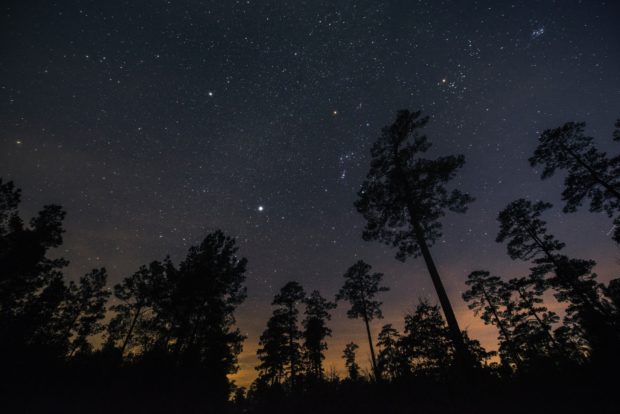
Kisatchie National Forest, Louisiana
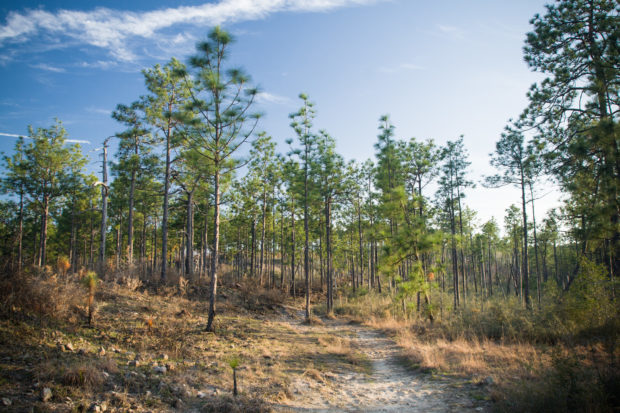
“When you look at the forests explorers like de Soto and Lewis and Clark described, they talk about very open areas that were easy to walk through. What they saw were longleaf pines and blue stemmed grass that was very open and very beautiful. And that’s what foresters have recreated in Kisatchie.” -Jim Caldwell, Kisatchie National Forest Public Affairs Officer
De Soto National Forest, Mississippi
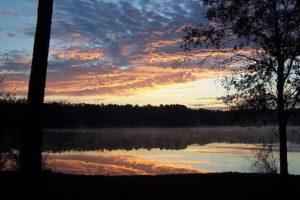
Black Creek, Mississippi’s only National Scenic River, runs through the De Soto and is the perfect location to canoe or kayak down the river bordered by the pines. Beneath the pines and plentiful hardwoods lies the perfect habitat for deer, turkey and quail, among others. Campgrounds that are sure to be scattered with the fallen needles from longleaf include Big Biloxi and the Long Leaf Horse Trail (daily rates required).
Big Thicket National Preserve, Texas
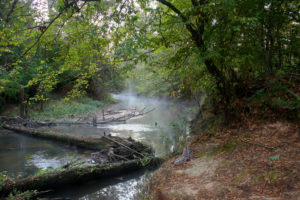
“Big Thicket is a place of discovery, a place to wander and explore, a place to marvel at the richness of nature.” – National Park Service
Popular preserve activities include hiking, bird watching, canoeing and hunting. While camping is allowed in Big Thicket, there are no designated campsites, so be prepared for the true primitive experience of making your own!
Ocala National Forest, Florida
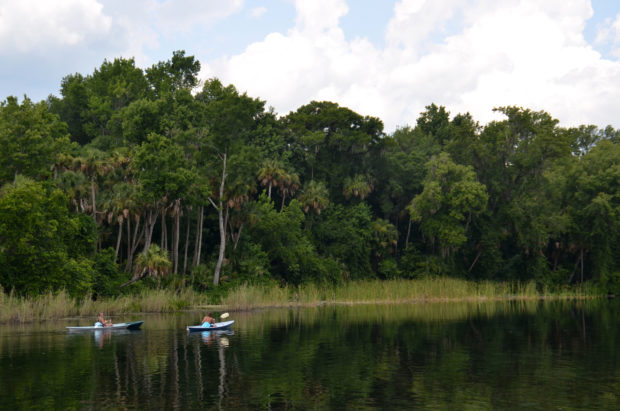
Visitors can enjoy hunting, fishing, camping, hiking, horseback riding, canoeing, mountain biking and OHV trials in Ocala National Forest. Ocala hosts multitudes of camping options including camp and primitive camping, rental cabins for large families and small groups, and RV camping.
“Immerse yourself in nature inside the Ocala National Forest. Visit in the early morning, as mists rise off the ponds and lakes, to hear a symphony of birds stirring to sunrise. Explore the longleaf pine islands and scrub ridges for unusual plants. Sit silently in your car along a back road to watch mama bear and cubs lumber across the sand. The Ocala is a landscape of living wonders.” –US Forest Service
Francis Marion National Forest, South Carolina
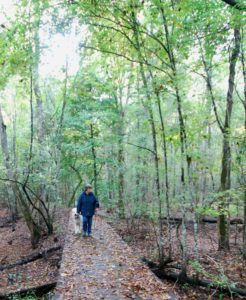
A multitude of recreational opportunities exist in this natural area, including: hiking, biking, canoe trails, boat launches, and even a rifle range for the avid sportsman. This national forest is a convenient destination stop as it is situated between two popular cities, Myrtle Beach and historic Charleston. Camping is allowed in developed campgrounds and in designated primitive sites.
Everglades National Park, Florida
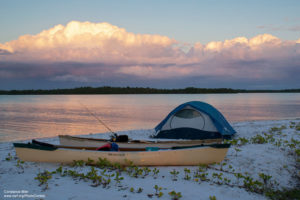
The park offers fantastic camping opportunities in both the front country and backcountry. While camping is available year-round, individuals visiting during the wet season (June through November) should be aware of potentially strenuous and uncomfortable conditions, while the dry season (November to March) is the “busy season” due to the warm winters.
Conecuh National Forest, Alabama
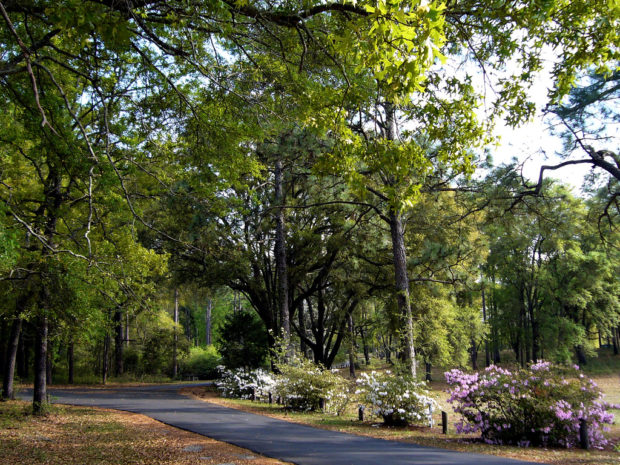
The forest has several designated recreation areas that offer any number of activities, from fishing to target shooting to camping. The newly renovated Open Pond Recreation Area is the largest recreation area in the Conecuh. Be sure to stop for a picnic overlooking the scenic Cypress ponds while you are here!
![]() Pledge to camp this summer! For each camper who pledges, $1 will be donated to protect the great outdoors for all Americans, up to $100,000. You’ll also be entered to win the Ultimate Campout Prize Pack.
Pledge to camp this summer! For each camper who pledges, $1 will be donated to protect the great outdoors for all Americans, up to $100,000. You’ll also be entered to win the Ultimate Campout Prize Pack.
 I personally enjoy pledging to camp each year and finding new areas to explore. If you find yourself under the stars and starburst of pine needles of the longleaf pine, be sure to take a photo and share on social media with the hashtag #campie or email to woodst@nwf.org. NWF would love to see and hear about your stories and experiences!
I personally enjoy pledging to camp each year and finding new areas to explore. If you find yourself under the stars and starburst of pine needles of the longleaf pine, be sure to take a photo and share on social media with the hashtag #campie or email to woodst@nwf.org. NWF would love to see and hear about your stories and experiences!
Consider campsite/visitation fees, reservations and seasonal restrictions vary from site to site–check for detailed information on each particular location before visiting.
Happy planning and camping!

















